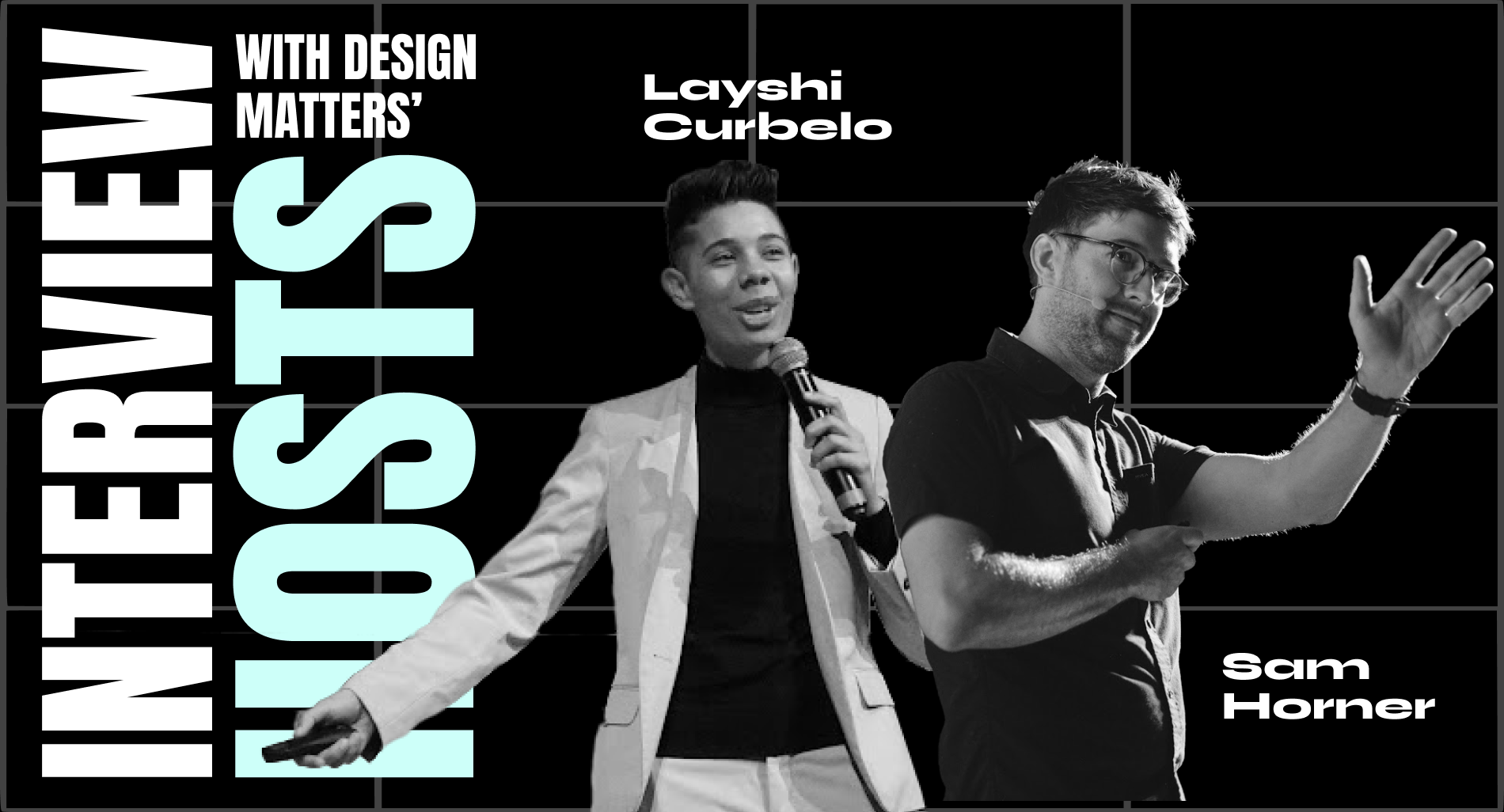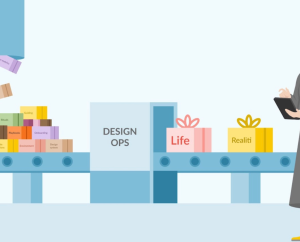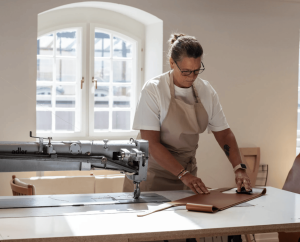1.Can you briefly introduce yourself and your background?
Layshi: My name is Layshi Mary Curbelo Vega (Latinos love to have long names), but people in the community call me Lays because it’s easier. An important thing about me is that I’m from the beautiful island of Puerto Rico, where the Reggaeton was born. If you meet a Puerto Rican, you’ll know we love talking about our country and take great pride in it. We always find a way to add or mention it. I am a UX Designer with a specialization in accessibility, and I run my design studio called Command Z. It started five years ago with just the idea of creating a podcast to discuss design. Now, it has grown into a studio that works not only on design projects but also on content creation and media production. In those five years, we have recorded over 130 episodes in more than 10 countries and created design projects that impact citizens. Design is not just about aesthetics, it is about solving problems for real people, and changing the way we live one pixel at a time.
A little more about me… I am a Leo and I strongly dislike being late or dealing with people who are. In general, I hate to waste time. On the flip side, I love dancing merengue with my wife, regardless of the hour, and I enjoy connecting with people. I am a “people-to-people” kind of person.
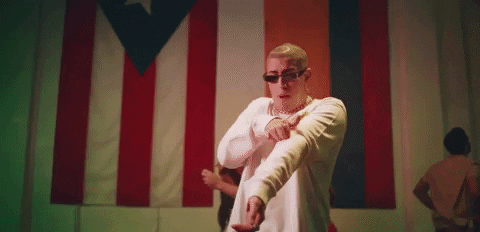
Sam: My name is Sam Horner. I’m a design strategist with a passion for telling good stories, and growing teams with product excellence and positive energy at their heart. I was born and raised in Rutland, England, but I’ve been in California for the past 13 years. I spend my days as Head of UX for Google Play Apps, but outside of work, you’ll mostly find me outside surfing, swimming, running, or playing at the beach with my son. Buy me a coffee, and you’ll have my heart.
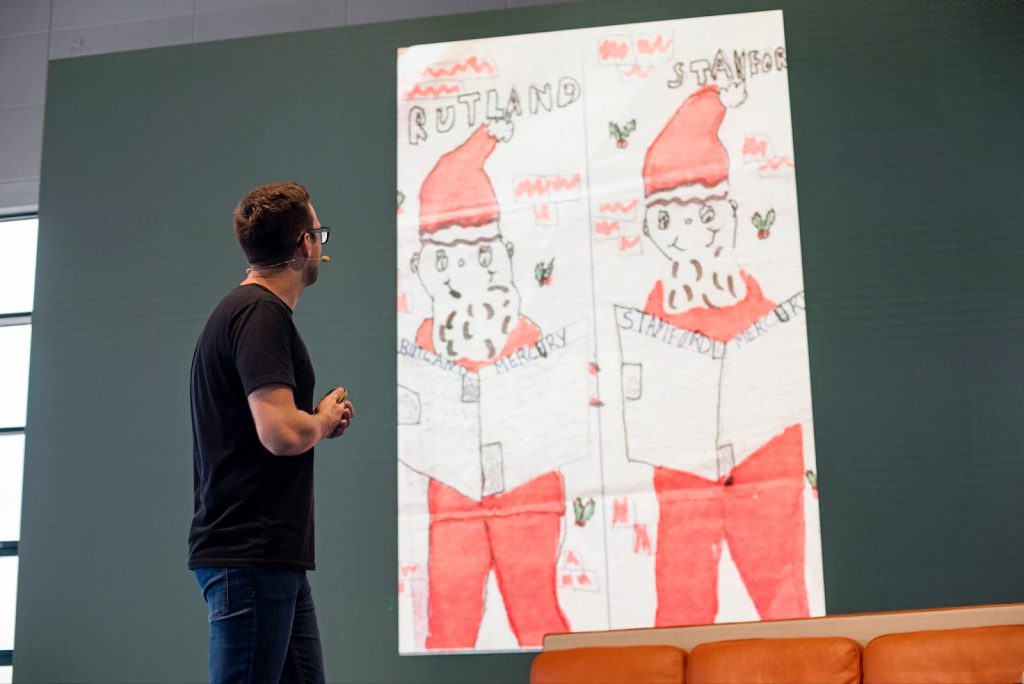
2. How did you get involved in the Design Matters Conferences?
LAYSHI: This part is funky and mystical. I had the privilege of working with a design company where I served as a design educator and advocate. I was a speaker at Design Matters 22, and that was the moment when magic happened. In life, there are moments when you genuinely connect with people, and I’m not just talking about thinking, “Oh yeah, that person is cool; I want to be friends.” In my case, I felt a deep connection with the Design Matters team. I sensed their genuine desire to make a difference, and create an event that truly resonated with the community. I connected profoundly with the team, and, you know *wink* I believe it was mutual. What was the mystical part? Well, I was going through a challenging time, trying to figure out the next step in my career. As designers, we sometimes (I don’t want to say always) doubt ourselves and our talents just because our portfolio might not have the photos to prove it. The Design Matters team saw something in me that, at that time, I was not aware I was capable of doing. So, later on, after that event, here I am, hosting Design Matters Mexico.

SAM: I’ve been so lucky to be part of Design Matters for nearly 8 years now. I was initially invited to speak at DM17 about my experiences at Netflix, creative courage, and failure. With that experience, I fell in love with the conference, the atmosphere, and the people who run the day seamlessly behind the scenes. The energy was like no other conference I had attended, and that really stuck with me.
I like challenging myself with new experiences, so when the opportunity came up to host DM19 I was absolutely thrilled. Since then, I’ve been so fortunate to host 3 times, most recently at the incredible DM23 Tokyo. I’m also incredibly excited to return to host DM24 for the 10 year anniversary in Copenhagen this year!
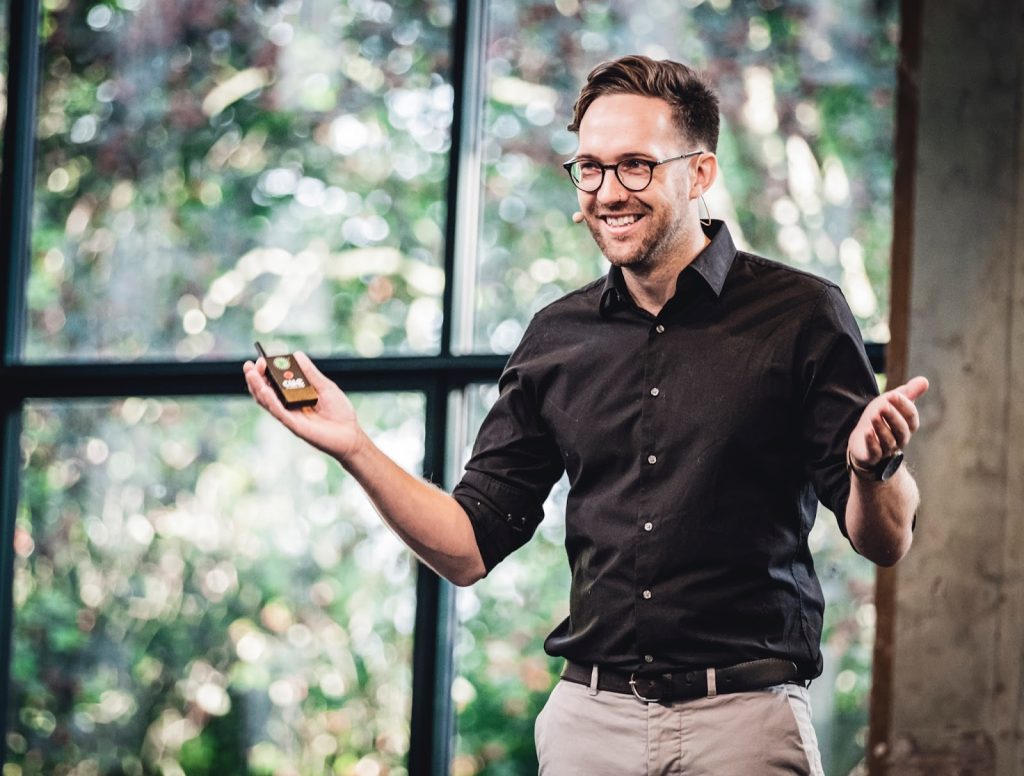
3.What excites you the most about being a part of the Design Matters Conference as a host?
LAYSHI: Well, I have two things to share—one personal and the other more of a challenge. Let’s start with the personal to get to know each other better. As I mentioned before, I am a Latina who learned English at 25. Despite knowing I have a strong accent, my fear has never been speaking; it’s translating my personality into English. I know it sounds weird; let me explain. Perhaps this resonates with some people, but you’re not the same person, when you’re thinking in another language. In my case, my jokes are not the same, and sometimes I am shy, and I can’t be as loud as I normally would be in Spanish. So when I received the news of being the host of Design Matters Mexico, I was shocked. How can I be a good host in English? It’s something I’ve never done before. Of course, I said yes, but deep inside (Yes, Design Matters team, this is true), I was #$%’! How will I do this? As a designer, I was excited to become a better version of myself, and to have the opportunity to prove something I didn’t know I was capable of doing. Also, I was thrilled to meet all those amazing designers in the front row. How could I say no to such a blessing?
Anyway, the second thing—the challenge. Bringing this amazing conference to Latin America—how exciting is that! So, what excites me the most about being part of the DM Conference as a host? Being part of something big, being part of a community that wants to change the industry for good, and bringing all that knowledge to my people. That really excites me.

SAM: Easy, the people! The attendees, the speakers, the organizers, everyone. I’ve met some of the most incredible people at each conference I’ve attended. Obviously, I’ve seen the talks, and learned an incredible amount about the trends, innovations, and craft, but I’ve also been able to meet people from around the world, all focused on different areas of design, but unified in their passion, growth mindset, and wanting to connect and network with like-minded people. I’ve made friends for life at these conferences, attended their weddings, and added so much value to my life beyond the days of the conference itself.
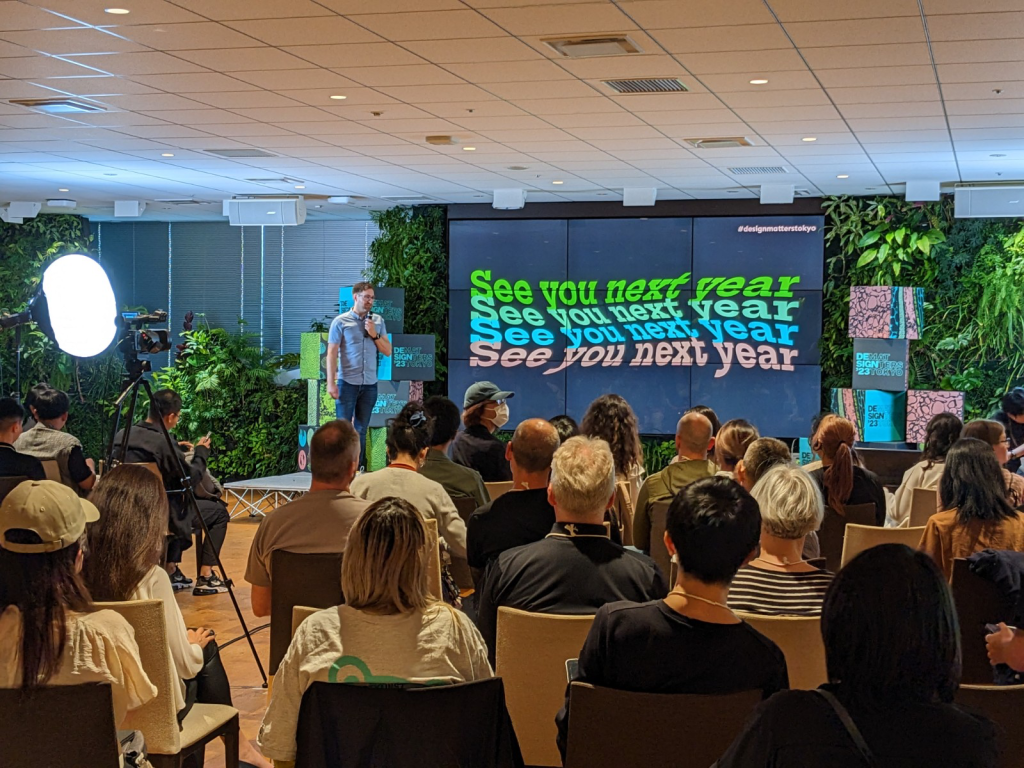
4. Share your perspective on how the local culture of the host city’s impact on design?
LAYSHI: Well, we always say that as Latinos, we bring the flavor, and in this case, it’s no exception. Mexico is incredibly rich in color, and vibrant energy, but, most importantly, in connections and how people interact with each other to grow. Mexican culture has a strong foundation in community, family, and friends growing together, as shown in its history from the indigenous roots.
I believe design, over time, has evolved in the corporate world as a profession where the designer is the magician of solving problems with creativity in solitude. Mexico comes to show us that the best way to solve something is by talking about it, working together, and feeling the real connection with what matters—the impact that our work can have on the world we live in.
SAM: Tokyo and Japanese design and design culture have a deep impact on design which is globally recognized. They have inspired my personal journey for as long as I can remember. I was (and still am) a Nintendo kid. Zelda taught me the power of a good story, and Pokémon taught me about immersion and the power of disconnection. As I got older, I became fascinated by the color and forms of modern expressionism of Takashi Murakami, the craft and care of Studio Ghibli and Miyazaki, and the unique intertwining of Japanese and Hollywood storytelling of Hideo Kojima.
All these creators found unique ways of infusing global influence into their personal art styles, while staying true to the Japanese stories, history, and heritage. In doing so, they (and many others) have made unique Japanese art and design accessible to generations of creative minds outside of Japan. This familiar, yet still protected style, which is so specific to Japan brings a level of mystique and desire around Tokyo like few other cities. That in turn with the draw of beautiful craftsmanship, and sensational levels of attention to detail, makes Tokyo an easy addition to most designer’s travel bucket list.
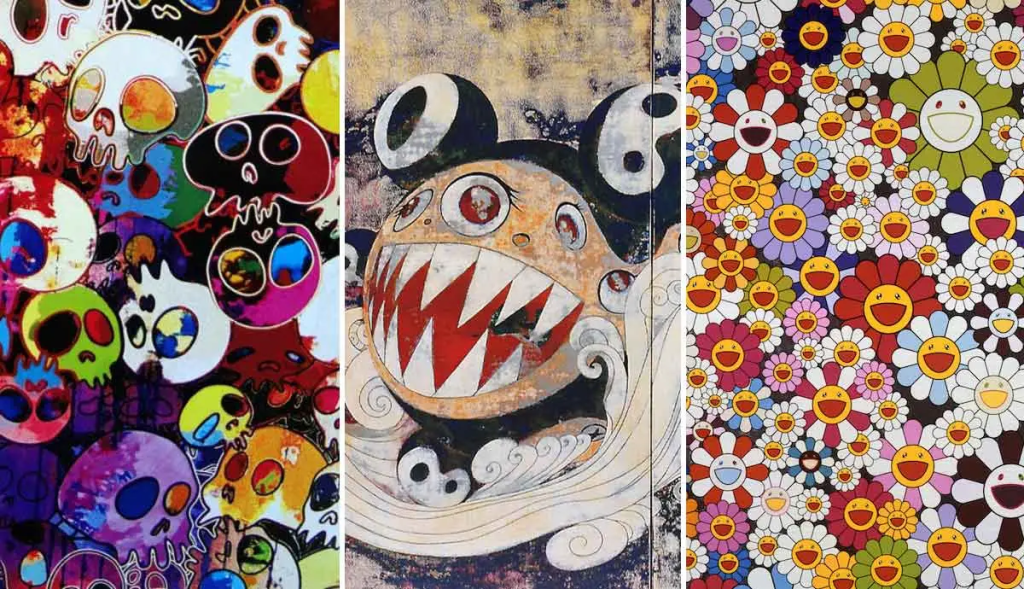
5. In what ways has being part of this event influenced your perspective on design, creativity, and innovation?
LAYSHI: In numerous ways, I believe the part that has truly influenced my work is the authentic feeling shared among designers at work. Regardless of whether you work in a team, there’s always a moment of doubt— “Why do I feel this urge to do things differently? Is it only me?” Being in these types of events, where you realize that you are not the only one, not only gives you hope but, more importantly, provides the energy to continue doing things differently. I don’t know if this sounds a little bit radical, but change begins when somebody takes action. Knowing that more than one person is already moving and shaping the future of design is contagious.
SAM: 2023 was the year when AI conversations went from interesting and niche, to an approachable full-frontal assault on anything and everything we know. DM Tokyo 23 was a real wake up call for many (myself included) on just how influential and important these innovations were going to be on global design, tech infrastructure, and a revolution in how we approach UX moving forward.
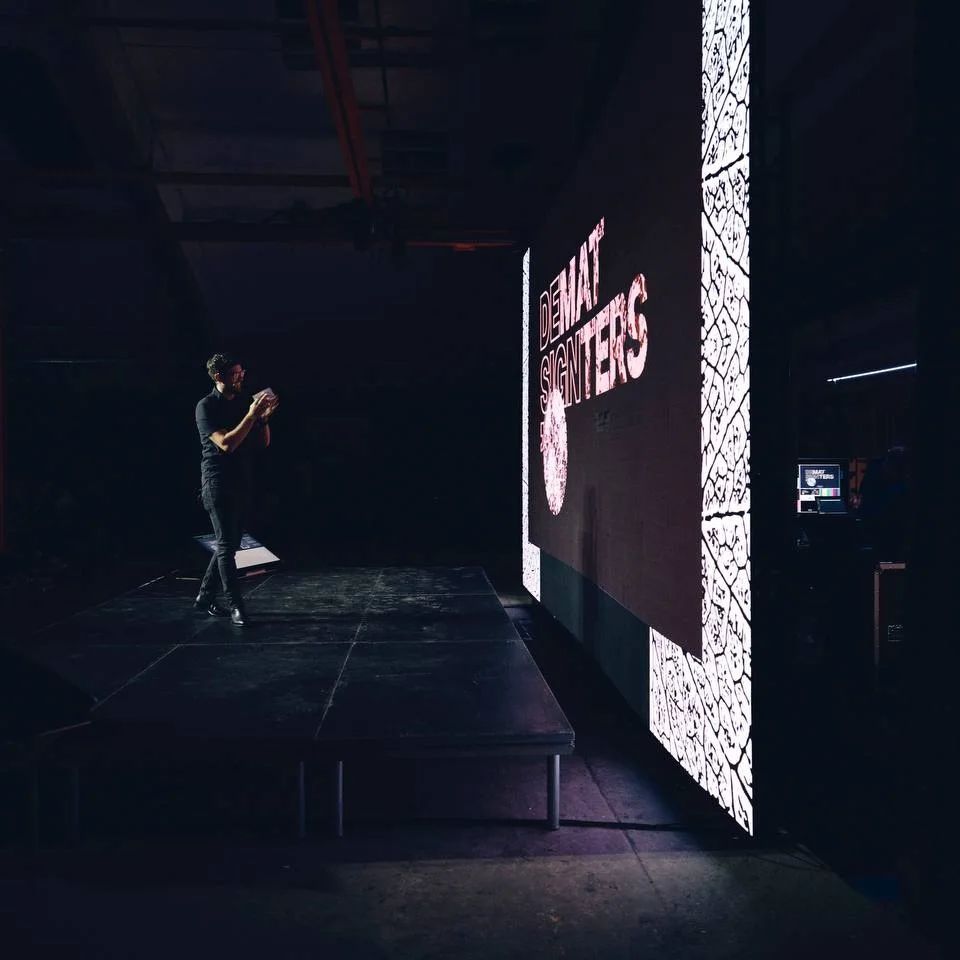
6.What are the learnings or key takeaways from DM 23-Your city?
LAYSHI: Well, I believe this event was a wake-up call for me. I don’t know if it’s a result of colonization (sorry, you know this term can come up at any moment, lol), but as Latina, we sometimes perceive other countries as better. Witnessing so much talent, and incredible work, and having so much to learn showed me that we just do things differently—not good, not bad, just differently. And all ways are valid. Why? Because resources change, communities change, and weather changes; you can’t assume you’ll get the same answer when all your variables are different. Learning that Latinos approach design differently has been almost a healing process for me. We don’t need to compare; we need to appreciate and share more to grow.
SAM: While all the talk was about AI going into the conference, there was still a clear message of the importance of care, craft at its most fundermal level, and beauty still matter to us all. The event itself blended diverse cultures, craft, and the influential spectrum of what is possible in a remarkable and inspiring way.
If the conference taught me anything, it’s that nothing is forever, don’t get too comfortable, and keep a hunger for learning and growing. Change is constant. We have to remember to embrace it and become stronger through it.
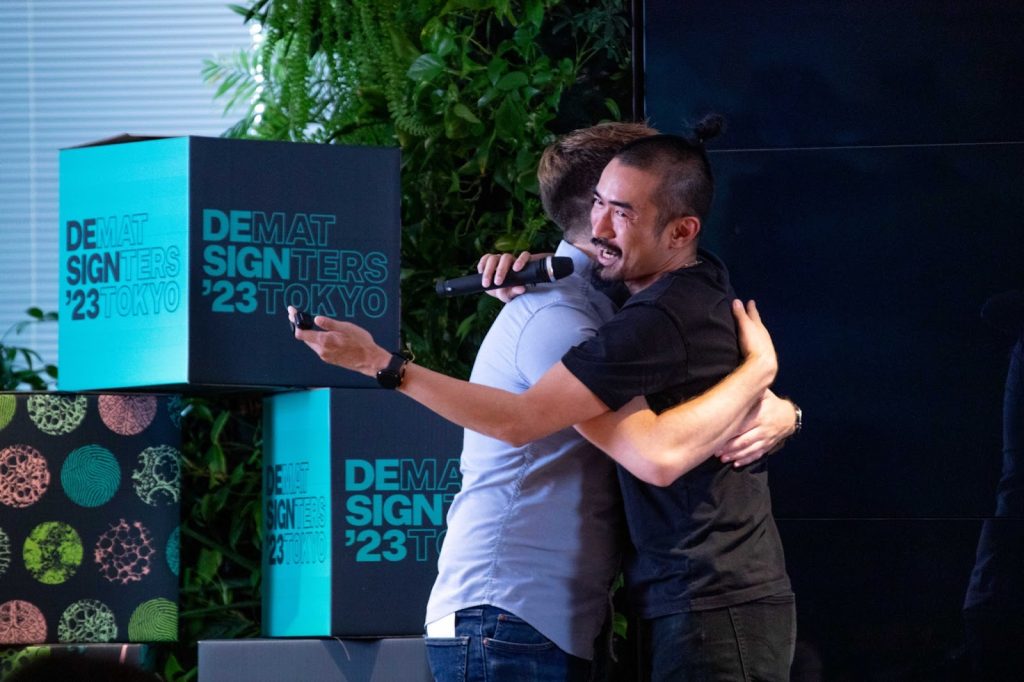
7. Do you have anything else to share about hosting design matters?
LAYSHI: Well, I want to say THANK YOU from the bottom of my heart, for bringing this crazy Puerto Rican to Mexico City, and believe that will be a safe idea lol. No for real, thank you so much for allowing me to connect and share so much with the design community has been an amazing experience, and loving every moment of doing it.
Other designers that maybe like or think about being with a microphone in their hands and think this is not “design” well let me tell you if you are already thinking about it I can say you want to do it anddddddd you as a designer know you can design more than just a screen, design a moment that shapes another person career, give it a try.
Thanks to every person on the Design Matters Team, I know this sounds cheesy but I feel that we are besties at this point and I love everyone’s perspective and way of working with me. Thank you, thank you, thank you. Hasta la next mi gente!
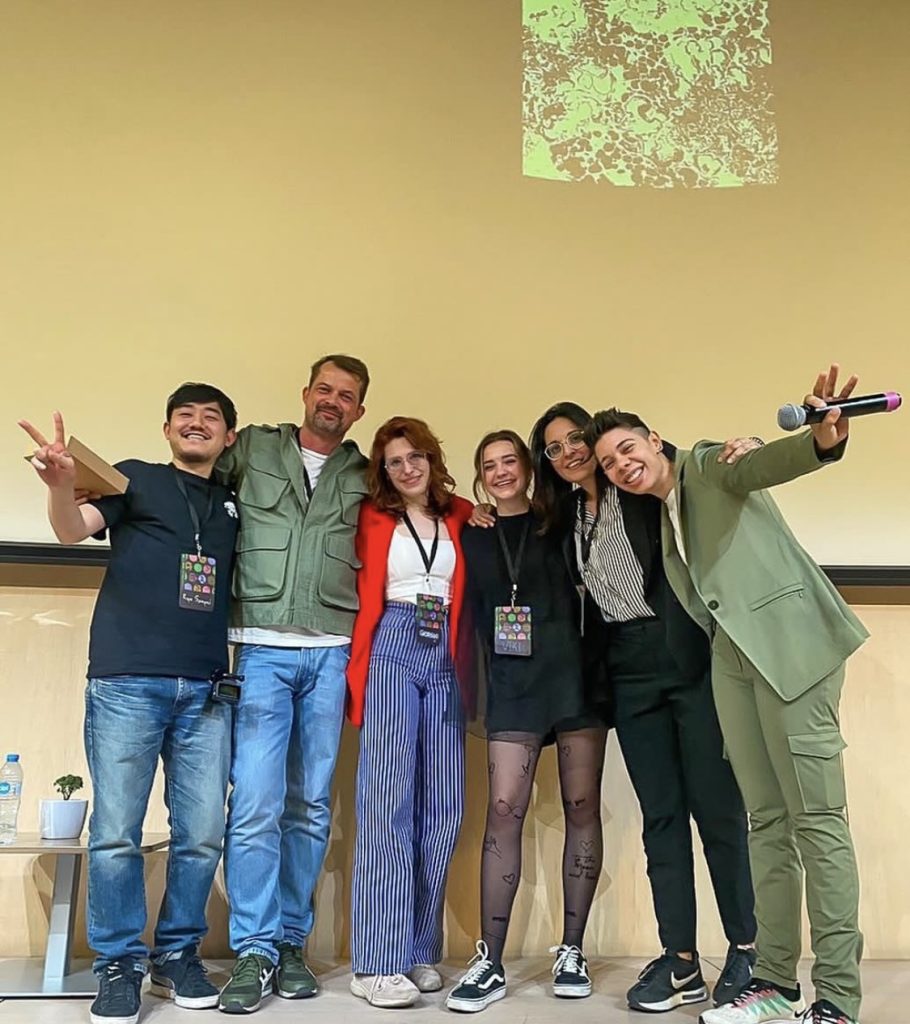
SAM: No words can really express how I felt before, during, and (for a long time) after DM Tokyo 23. It was a very meditative trip for me in many ways. That is the beauty of these conferences. While we are there together, enjoying and learning from the same talks and hearing the same words, the moment itself is still very personal. It’s hard to articulate, and maybe it doesn’t need to be, but it is unique and special.


